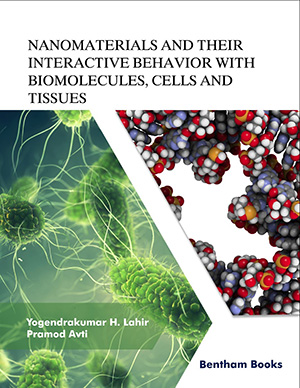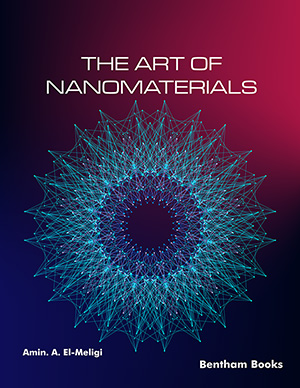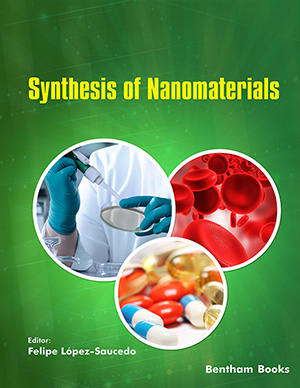Abstract
Nanomaterials have occupied ubiquitous status in present-day life. Nanotechnology has become the backbone for technical aspects of energy-storing, communication industries, domestic, health, and safety, etc. Interactions and behavior of nanomaterials are the primary concern among the related research fraternity. The main focus is on the mechanisms involved in the interactions and the responses of nanomaterials concerning abiotic and biotic components of the environment during the pertinent research. The interactions and behavior of nanomaterials follow the basic principles of physics, chemistry, material science, biological sciences, etc. Nanomaterials abridge the atomic and molecular state of the matter and the respective bulk forms. In such interactions, the quantum mechanics and tunneling effect, parameters like, inter and intramolecular binding forces, hydrophobicity, and hydrophilicity, net charges, etc., have functional significance. Nanomaterials exhibit the ability to get precisely designed as per the assigned functions. As a result, such nanomaterials act as preferred options in different fields like vehicles for cargo and diagnostic tools, etc. In this chapter, the functional roles of the physicochemical parameters and related forces are reviewed regarding the behavior of nanomaterials in the biosystem.
Keywords: Coulomb Forces, Electrostatic Forces, Hydrophilicity, Hydrophobicity, Intermolecular Bonding, Magnetic Properties of Nanomaterials: Quantum Mechanism, Optical Properties of Nanomaterials, Tunneling Effect.




















